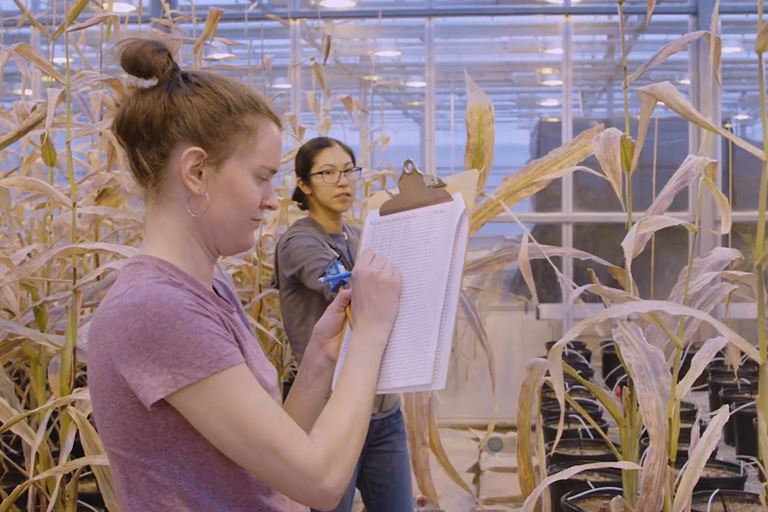The Problem
Highly variable precipitation is causing headaches for farmers across the Midwest, as they contend with the effects of climate change. To bolster crop yields, more farmers in Indiana and elsewhere are turning to irrigation to offset hot, dry periods. This practice, however, may undermine a natural drought-tolerance strategy that is less costly and doesn’t draw upon limited freshwater resources: soil microbes that help plants survive drought.




